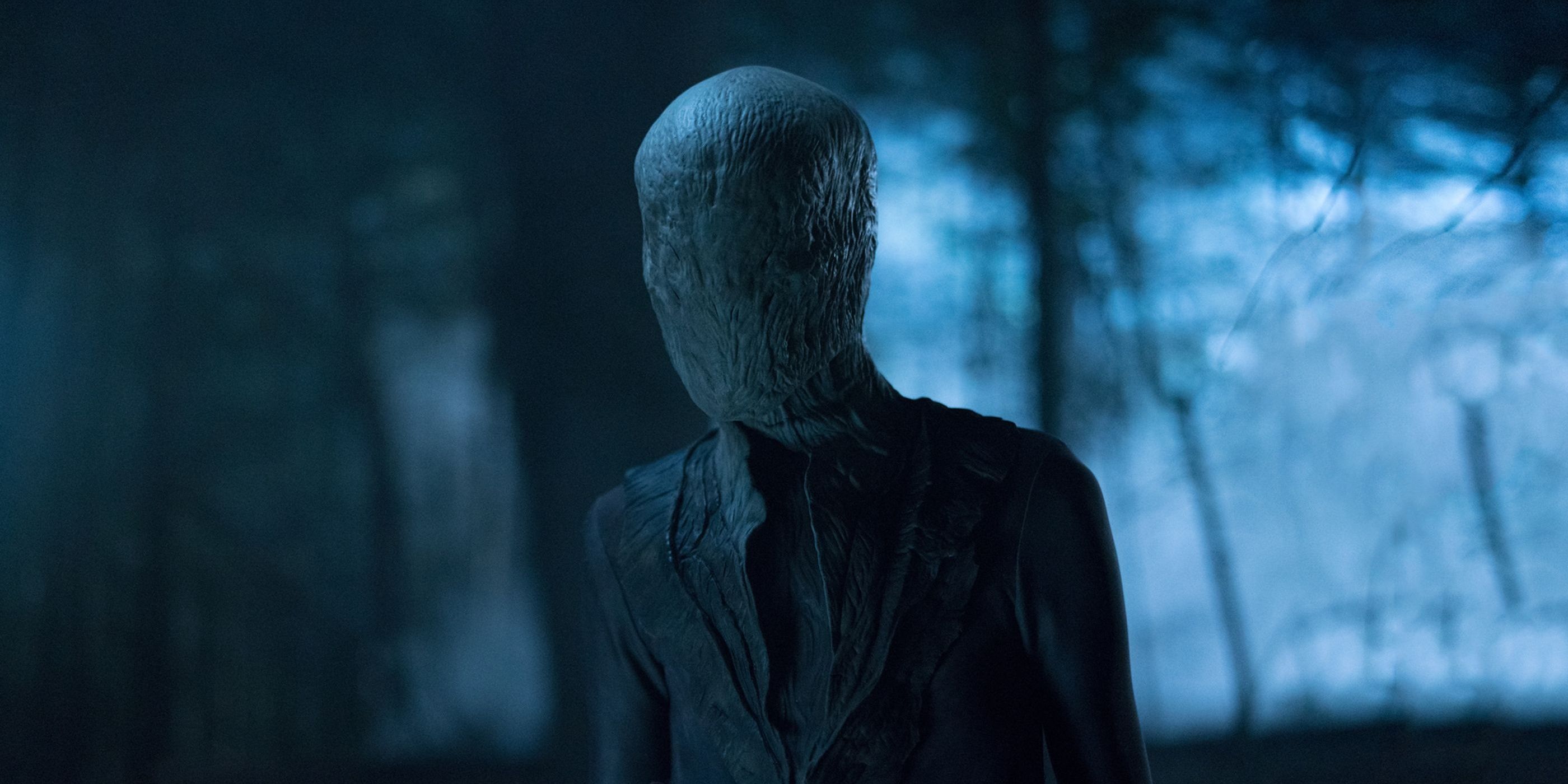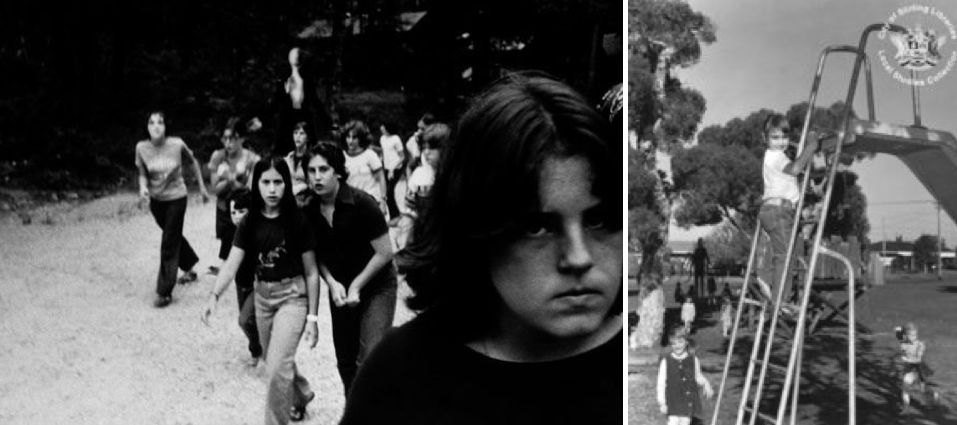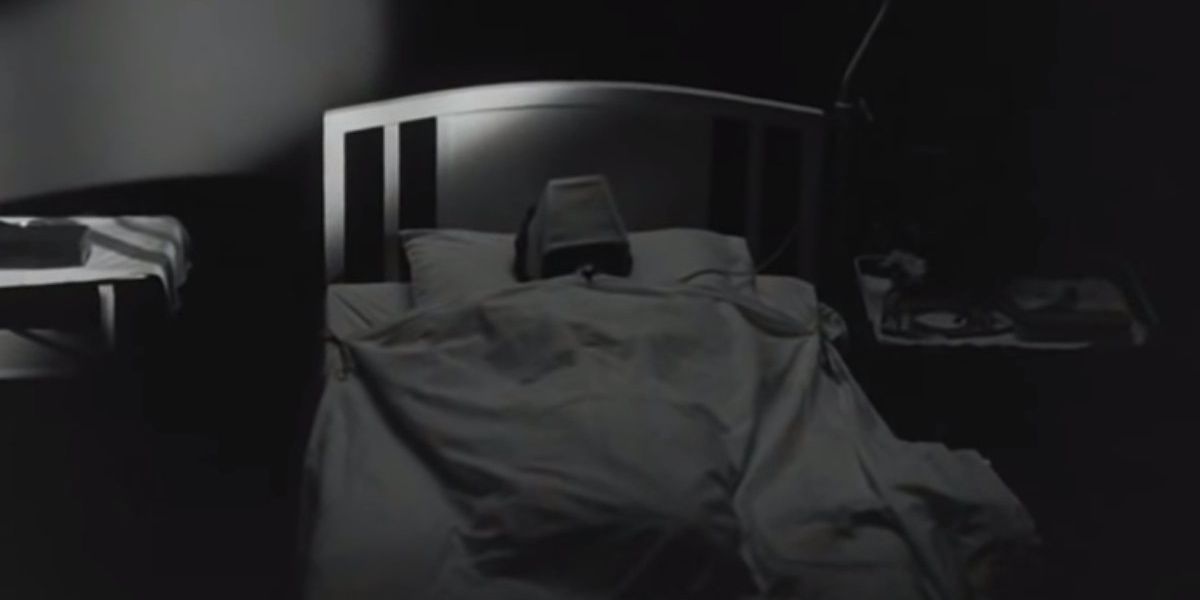Horror movie monsters come in all shapes and sizes, but there are some familiar concepts that tend to appear across all manor of scary stories. When crafting the object of one's terror, there are certain features that mankind has long determined to be threatening, and those features will naturally keep coming up.
The recurring monsters like vampires, zombies, and werewolves can have infinite alternative takes while still remaining within the same basic concept. Interestingly, without pulling from those generational monsters, authors and filmmakers can craft a horrific new nightmare just by combining certain traits like a character creator in a video game.
The Blank, simply put, is a humanoid entity without a face. Not a creature with unusual facial features or one whose face is deliberately hidden, but one whose visage lacks any defining characteristics. There are more half-examples of this trope than there are full ones. Countless horror creatures and characters lack a single notable trait. They're missing a mouth, or a nose, one or both eyes. The true Blank is without any notable traits. Surely the go-to example is Slender-Man, the iconic internet horror creation. A tall pale guy in a fancy suit wouldn't be particularly scary, but its creators added to its impact by removing its face. The being without a face has been a reliable horror concept for generations,
One of the most prolific founders of this trope in horror literature was the father of cosmic horror H. P. Lovecraft. Lovecraft was a fairly singular author, but he did take the odd piece of inspiration from contemporary artists. One of his greatest inspirations was the 1895 short story collection The King in Yellow by Robert W. Chambers. That seminal work of gothic horror told several small tales that were linked by an in-fiction theatrical play. That play featured a character referred to only as the Stranger whose face is featureless and white. The first person to see the Stranger demands he remove his mask, only to reveal that he's not wearing one.
The stranger and his featureless face became the inspiration for one of Lovecraft's iconic creatures. That figure is the half-brother of Cthulhu, Hastur, AKA The Yellow King. One of Hastur's many forms is a yellow-clad humanoid who bears a blank face, helpfully shrouded by a tall hood. Hastur isn't even Lovecraft's only faceless creature. The Night-guant is a winged dream monster with a blank slate underneath its curved horns. Even some depictions of Nyarlathotep depict him with a writhing tentacle where a face should go. It's a common theme, but it's not the only one.
Lovecraft is far from the only voice in the Blank as a trope, but the next big step forward for the concept's use in horror is a bit more disturbing than eldritch abominations. Dalton Trumbo's 1938 anti-war novel Johnny Got His Gun tells the tale of a young soldier counterintuitively named Joe. Joe goes off to World War I and is hit by an artillery shell. All four of his limbs are destroyed. He's rendered blind, deaf, and mute. He can't move, he can't perceive the world around him. Joe's face is atomized, and in Trumbo's own 1971 film adaptation of the work, all the audience can see of him is the featureless white box that covers his caved-in skull.
Joe finds that he can communicate by tapping out Morse code with his head. He requests his superior officers put him on display at a freak show to demonstrate the horrors of war. When they refuse, he requests that they kill him. They refuse that as well. Joe lives out an indeterminate lifespan, numbed to reality by constant painkilling drugs and driven mad by the fate worse than death he must now endure. It's one of the most venomous and unpleasant pieces of cinema ever put to the screen, and it's part of what made the image of a faceless human so nightmarish.
There aren't many works of fiction that used the Blank in the way that Trumbo did. It's most often used to make an otherwise banal human antagonist a bit more threatening. Stephen King's The Stand introduced Randal Flagg, a being who often appears in dreams with a black hole for a face. Doctor Who has featured plenty of aliens that lacked some or all of their features. Tons of sci-fi series feature beings that steal the faces of others, often complete with a blank facade. Multiple horror films have used the concept as the film's primary gimmick. The otherwise terrible 2012 slasher movie Smiley has a pretty interesting take on the concept, its central killer has a blank face that it carved features into to create its trademark grin.
The Blank is a simple concept that can apply almost anywhere. From early cosmic horror to modern sci-fi, the idea of a person without a face will never stop being scary.



